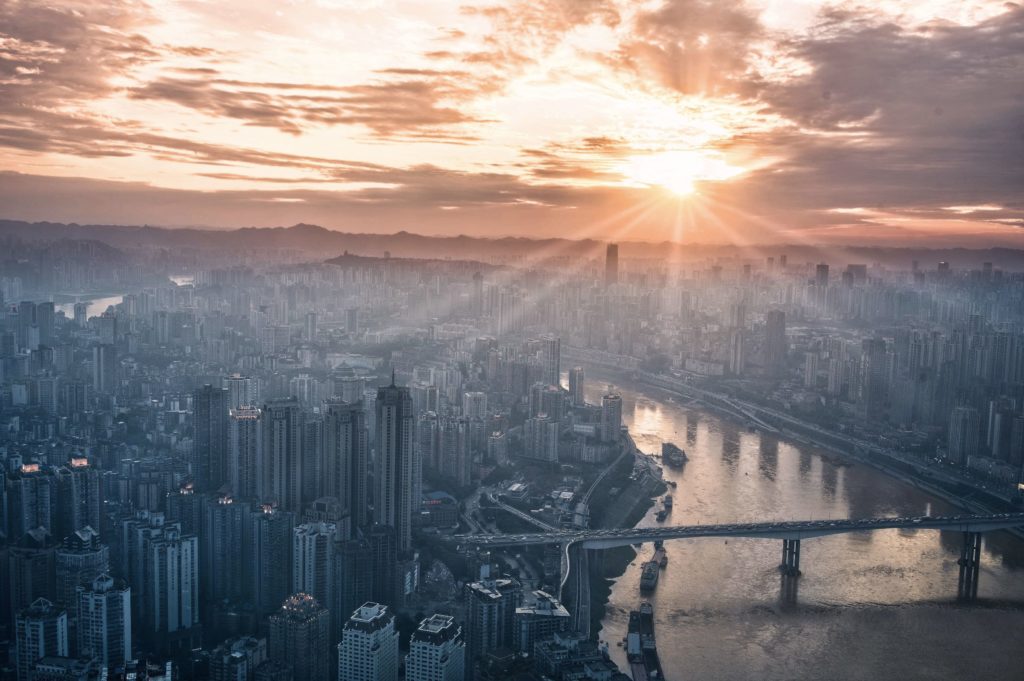“What we’ve seen in the past couple of years is that people are really waking up to the fact that not only is climate change real, it is happening already,” said archi- tect Mike Cavanaugh, vice president and sustainability leader, CannonDesign, an integrated global design firm.
Cavanaugh is right, according to the Yale Program on Climate Change: 62% of Americans polled in 2018 said they believe that climate change has a human cause, up from 47% in 2013. There was also a reported decline in Americans who are classified in the “dismissive” or “doubtful” camps.
Now, people are faced with the idea that “we need to rethink where we build,” Cavanaugh said. For example, building sites that are suitable in 2019 are not going to be suitable in the 2060s and beyond, and there are billions of square feet of already built construction that are in the wrong places. “We are just waking up to the fact that we need to be thinking about this,” he said. “Look at Houston, Texas; most of it is built in a flood zone. And we need to start thinking about it when we are doing commercial renovations.”

